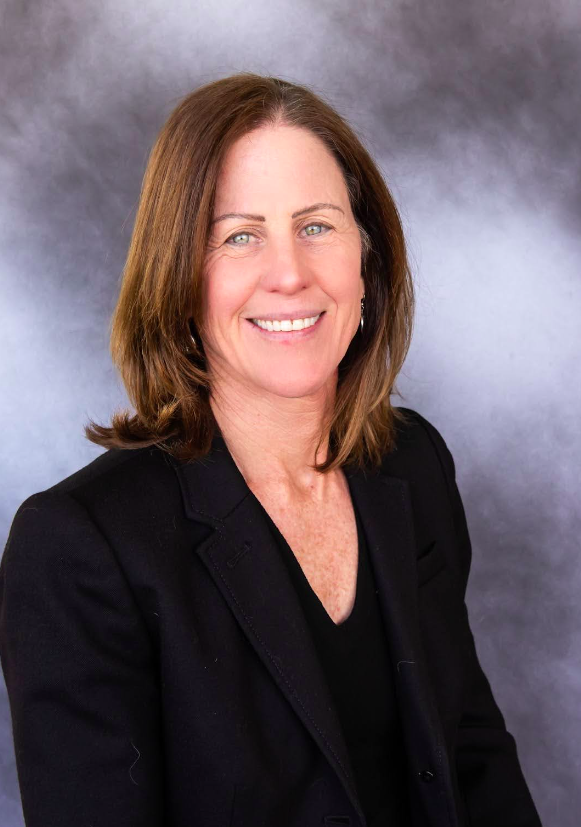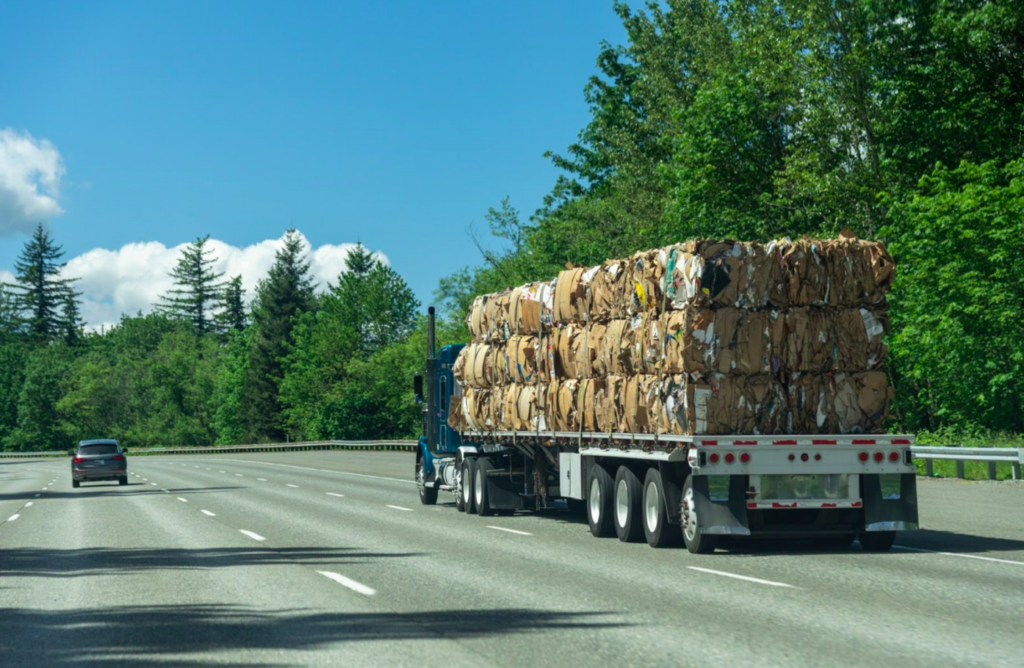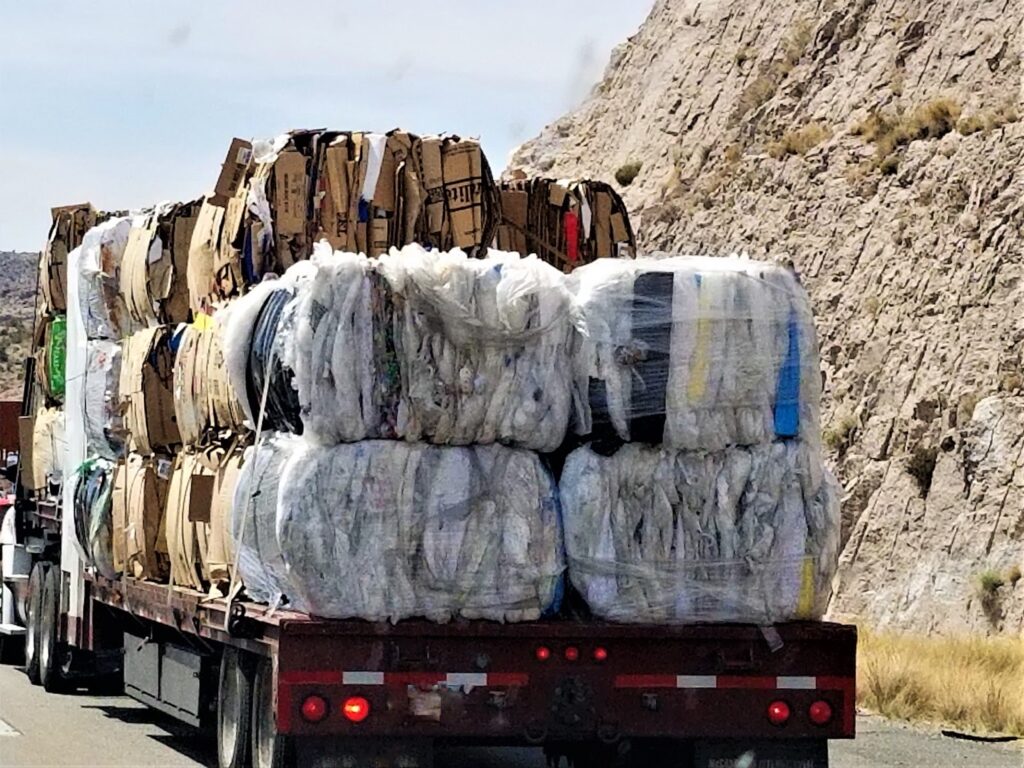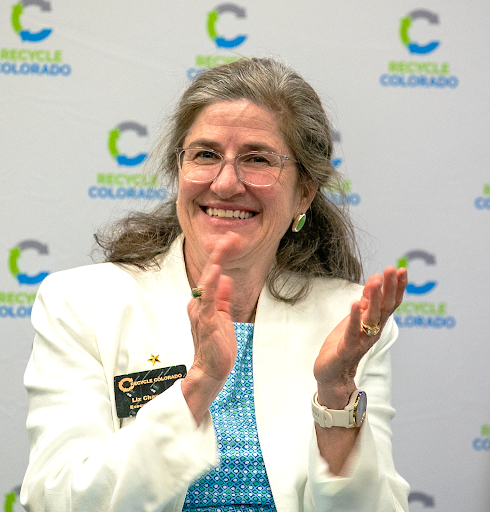
Articles
Published October 4th, 2024
Here’s a fact you might not know: Transportation is one of the biggest obstacle to recycling in Colorado.
Luckily, the state’s Circular Economy Development Center (CEDC) is coming up with solutions to that and other obstacles to creating closed-loop systems for commonly used materials.
Over the last four years, Colorado has increased waste tipping fees — the amount it costs to dump a ton of trash in a landfill — for counties along the Front Range in order to finance waste reduction efforts. (Recent legislation has merged the Front Range Waste Division and Recycling Resources Economic Opportunity to become Colorado Circular Communities so communities across the state can benefit from a single statewide program.)
One of the products of this influx of funds is the CEDC, an economic and business development and project management organization focused on maximizing the lifespan of products like tires, textiles, plastics, wood and shingles. In other words, the CEDC is helping Colorado industries recycle, revitalize and reuse some of the most fundamental products of modern society.
Now in its second year of a five-year contract, “the center,” as director Laurie Johnson calls the CEDC, builds the infrastructure, systems and logistics necessary to facilitate the three main components that make a circular economy possible: recycling, manufacturing and transportation.
“But transportation is the real Achilles heel of recycling,” says Johnson, who has an MBA in sustainable business and decades of experience in distribution and sustainable turnarounds.

“Transportation is so expensive, oftentimes it’s the reason stuff doesn’t get recycled,” she says. So the center has partnered with Front Range Transload, a Pueblo-based materials collection handling company, to collect less-than-truckload shipments of materials from businesses throughout Colorado until there is enough volume to ship a truckload or full rail car of material to market. The initiative is a proof of concept that Johnson hopes will result in zero cost increase for businesses with the right transportation logistics in place. If the project doesn’t prove financially effective for businesses, Johnson would like to see the state’s new Producer Responsibility Program subsidize a similar program (read more about Colorado’s EPR law in this Trash Talk blog post here on our website).
By the end of the CEDC’s initial five-year contract, Johnson and her colleagues aim to create full circular economies for three different materials in Colorado: tires, textiles and plastics (next on the Top Six List are wood, shingles and mattresses). It’s an intricate puzzle Johnson and her team work each day.
“We have single projects where we do everything from site selection to vetting technologies to assisting with grant funding, to helping with permitting compliance for storm water or air permits,” Johnson explains. “And then we do things like public-private partnerships, where the public sector will may give land, for example, and the private sector will perform a [recycling] service. Pick your metaphor: If you like sports, we’re the quarterback. If you like science, we’re the nucleus. We’re the ones who bring all the components together, design the solution and then execute, through management, who’s doing what, so businesses can keep doing what they do best.”
This blog was authored by Caitlin Rockett. Caitlin is a freelance journalist living in Boulder, Colorado. She can be reached at cait.rockett@gmail.com








